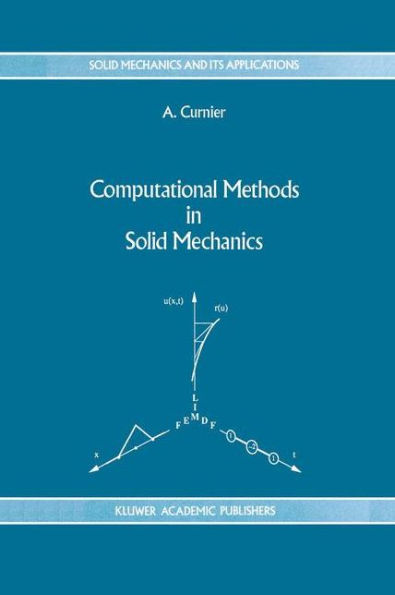5
1
9780792327615


Computational Methods in Solid Mechanics / Edition 1 available in Hardcover

Computational Methods in Solid Mechanics / Edition 1
- ISBN-10:
- 0792327616
- ISBN-13:
- 9780792327615
- Pub. Date:
- 05/31/1994
- Publisher:
- Springer Netherlands
- ISBN-10:
- 0792327616
- ISBN-13:
- 9780792327615
- Pub. Date:
- 05/31/1994
- Publisher:
- Springer Netherlands
219.99
In Stock

Product Details
| ISBN-13: | 9780792327615 |
|---|---|
| Publisher: | Springer Netherlands |
| Publication date: | 05/31/1994 |
| Series: | Solid Mechanics and Its Applications , #29 |
| Edition description: | 1994 |
| Pages: | 404 |
| Product dimensions: | 6.69(w) x 9.61(h) x 0.24(d) |
From the B&N Reads Blog
